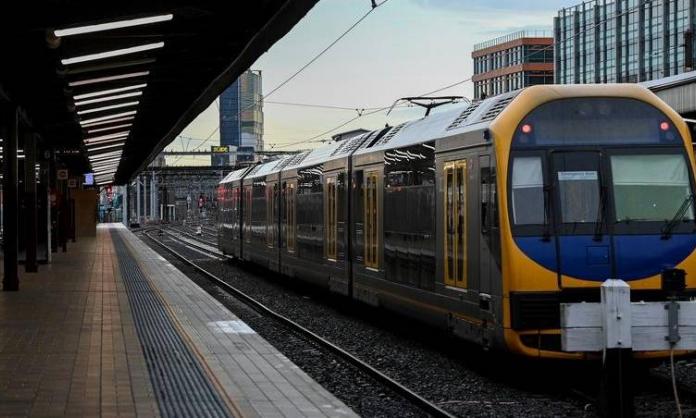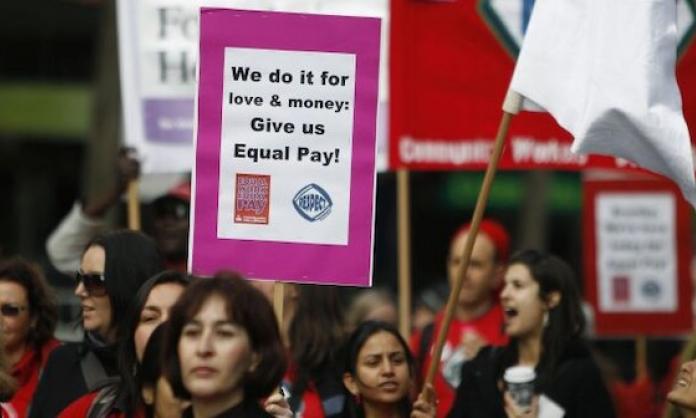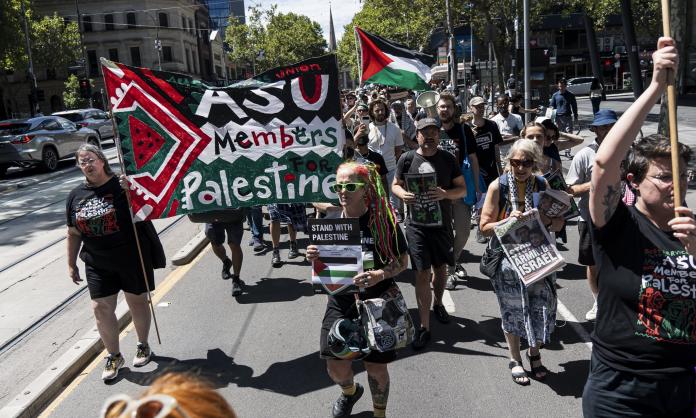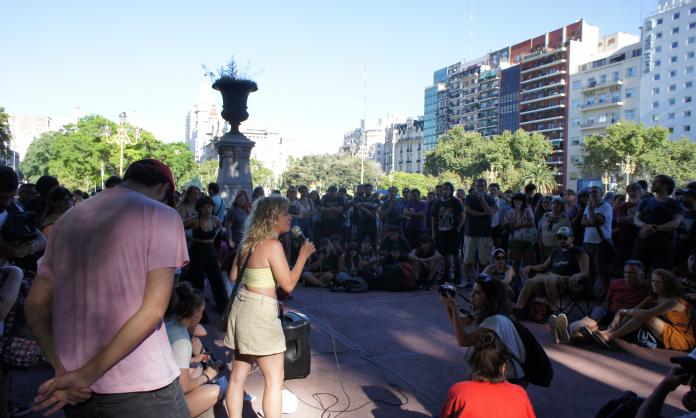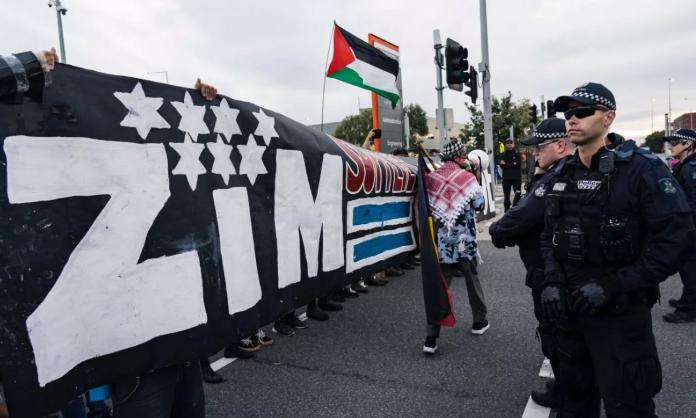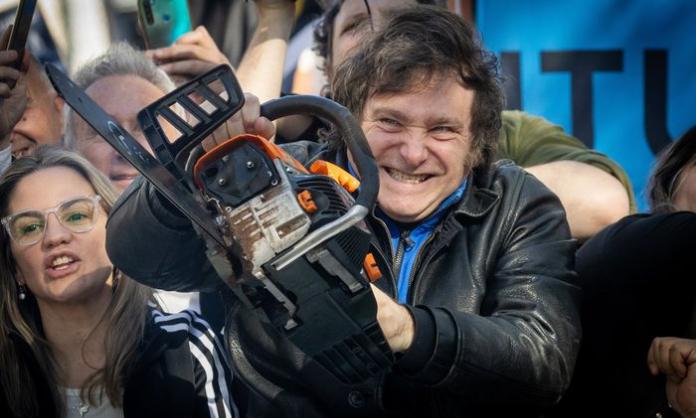Chasing a pay rise and better safety, and to defend working conditions, NSW railway workers held a four-hour strike on 28 September, bringing the state’s passenger rail system to a halt. It was part of a Rail, Tram and Bus Union (RTBU) campaign against the state Liberal government’s austerity agenda.
As the strike started, more than 100 drivers and train guards marched out of Central Station meal rooms, chanting as we went, and formed a picket on the balcony of the Grand Concourse. Despite police barricading the concourse, train crew were determined to make a public show of our campaign.
Eventually, police and management colluded to force the picket inside the station building under threat of public health order fines.
The strike was the culmination of a month of industrial action, including overtime bans, go-slows and days of drivers sounding the train’s horn to make noise in support of the demands of the campaign. Train crews are still observing an indefinite ban on wearing uniforms, wearing campaign shirts instead. Rather than the usual dull grey, everyone wears shirts emblazoned with “Proud to be Union”.
Our anger had already been shown in the vote for industrial action itself. More than 90 percent voted in favour of every form of action on the ballot, including network-wide 24-hour strikes.
Depots have been a hive of activity recently. At Central, we organised a lively meeting of 65 drivers and guards, discussing the upcoming actions and giving a space for workers to air grievances.
In that meeting, we got a dozen volunteers to start a campaign committee to organise postering of the depot, a petition, a script for announcements about our demands to be made over trains’ PA systems, and phone banking to get workers to the in-person picket at Central during the strike.
We intend to have more depot meetings of union members. We also need to involve as many union activists as possible in the campaign committee—to build on the success of this strike with more strikes and pickets, and to do the work necessary to make them a success.
The strike was observed by all sections of the railways, from train crew to station staff and signallers. The last network-wide strike called by the RTBU was in 2018. Then, the planned 24-hour strike was stopped by a ruling of the FairWork Commission, which our union leaders went along with. We don’t want to repeat that mistake.
Like the bosses were then, railway workers now are well aware that, while we will keep up other forms of industrial action, strikes are key to winning the campaign. Union coverage in the railways is so wide that, when a strike is declared, the bosses know that they are powerless to get trains moving. This is an advantage our side needs to press.
The state Liberal government has used the COVID pandemic as an opportunity to attack the wages of public sector workers. It has tried to extend and deepen the wage freeze declared in 2011 by the O’Farrell government. Last year, another public sector wage freeze was approved by the Industrial Relations Commission—which resulted in a real wage cut. Earlier this year, the government tried to impose the freeze on railway workers by delaying by a year the expiry of the existing workplace agreement.
But that was overwhelmingly rejected by Sydney Trains and NSW Trains workers in March. Despite 87 percent voting against the freeze, the bosses and the government are continuing to try to impose this austerity agenda. Yet senior government officials continue to receive enormous pay rises while essential workers are under attack. For example, Police Commissioner Mick Fuller received a $90,000 pay rise after the pay freeze was announced.
Many of us want to take more strike action. Despite the 2018 strike being struck down by the FairWork Commission, we still managed to get a pay rise above the Liberals’ 2.5 percent pay cap. That was still far below what could have been achieved with a campaign of further strike action. This year’s campaign gives us a chance to take that action and win the wage rises that we deserve.




